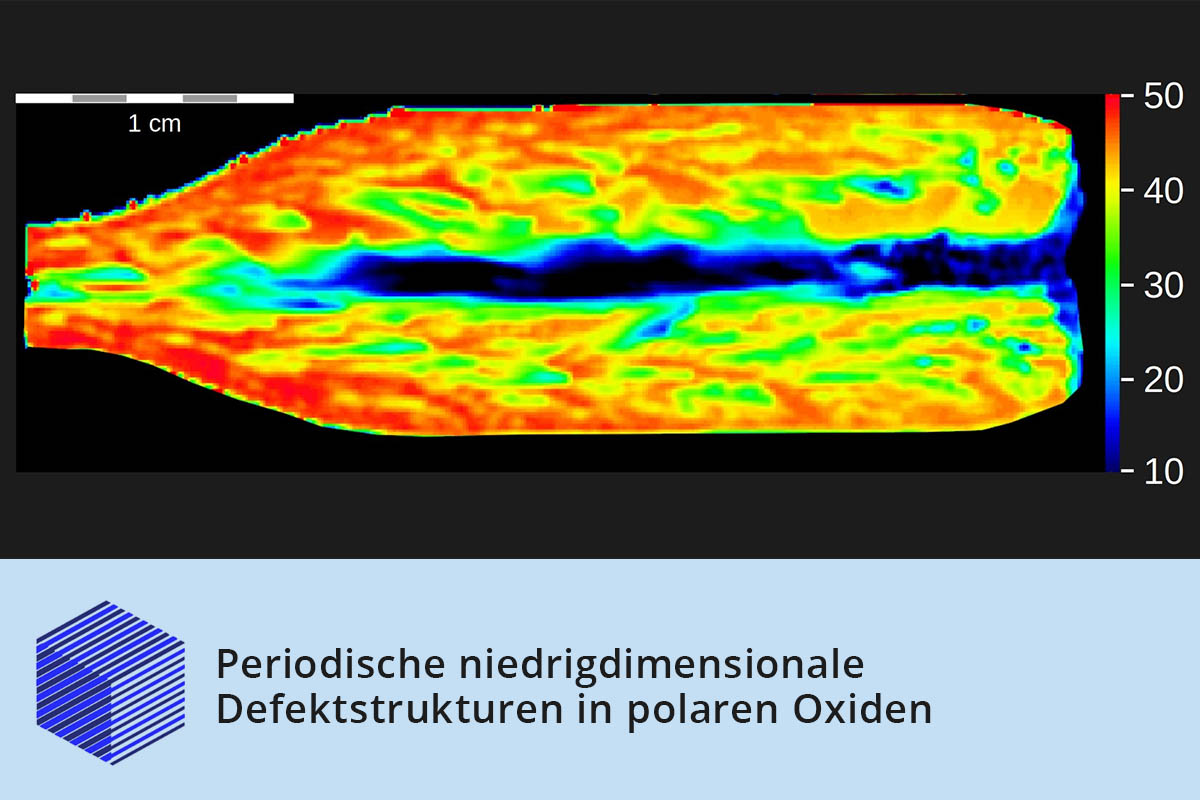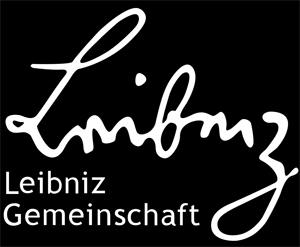Both materials are ferroelectric and the crystals exhibit domains with different orientation of spontaneous electrical polarization. Dimensionality and spatial distribution of the domains are significantly influenced by the growth conditions of the crystals. This includes periodic arrangements that are particularly advantageous for the application of nonlinear optical effects.
While LiNbO3 and LiTaO3 have been researched for decades and are already commercially used in many areas, hardly anything is known about the properties of their solid solution series.
These solid solutions form an extremely variable model system for the detection and application of new fundamental material science and physical phenomena. For example, the electronic and ionic transport in the domain walls and its effects on the piezoelectric and optical properties as well as the thermal stability are to be investigated. In particular, novel properties of the domain walls, such as controllable electronic conductivities and variable optical refractive indices are expected.
Prof. Dr. Holger Fritze (TU Clausthal) is coordinating the research group. The IKZ has been working closely with Prof. Fritze in the field of high temperature piezoelectrics already for many years.
The work carried out at the IKZ is focused on investigating the growth of single crystals from the melt. "We will thermoanalytically investigate the solid solution system LiNbO3-LiTaO3 and model the transport processes during crystal growth in order to improve the growth process and the homogeneity of the crystals. With this, we want to determine relevant material properties of the solid solutions and melts and explore the possibilities of generating defined domain patterns during crystal growth," says Dr. Steffen Ganschow (IKZ).


